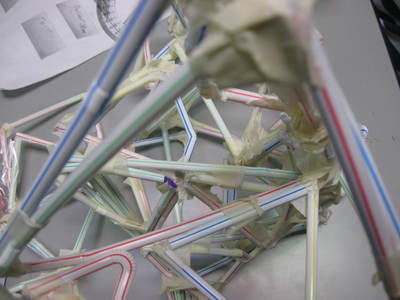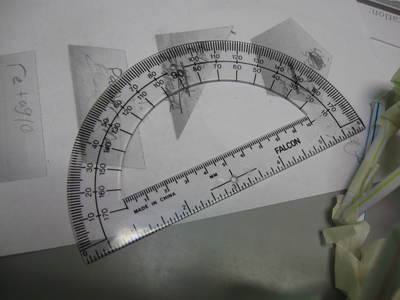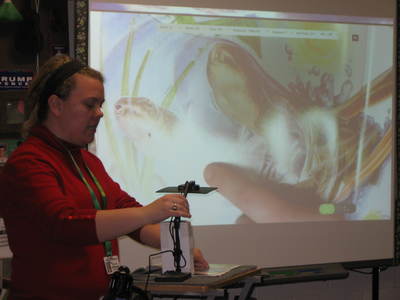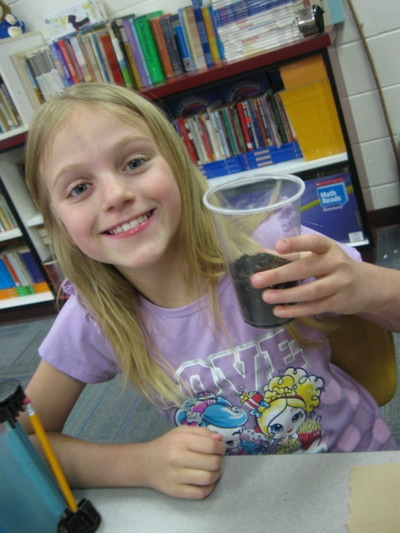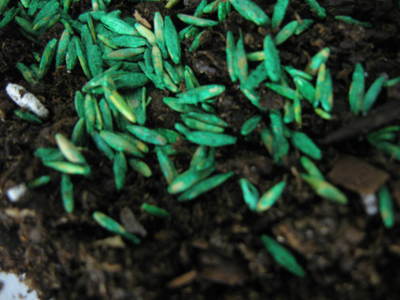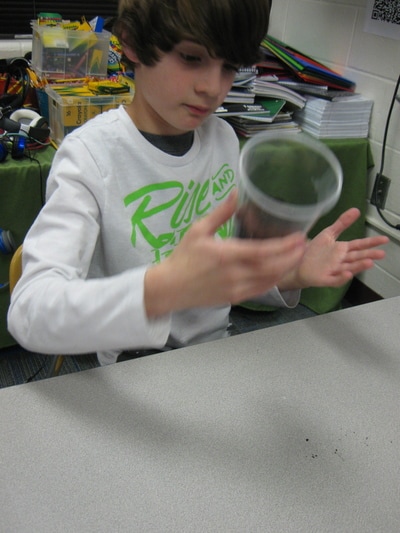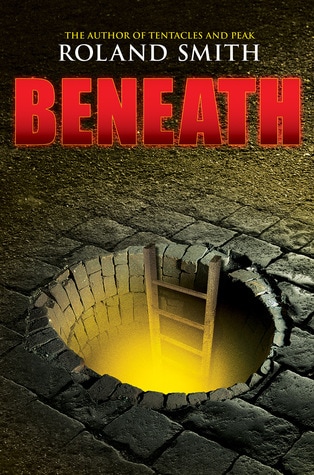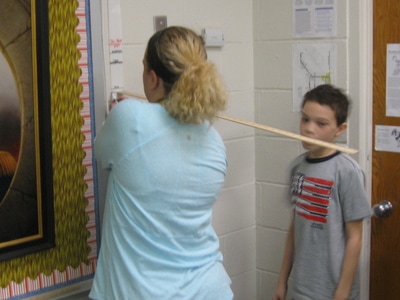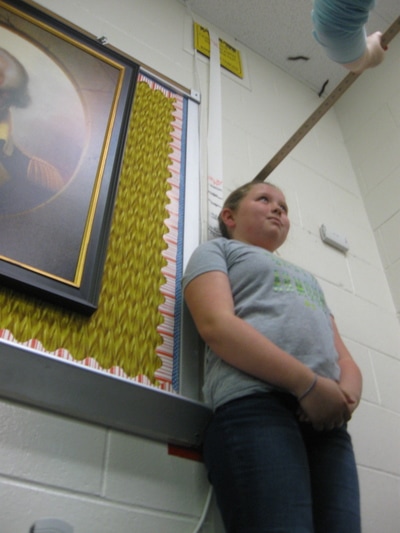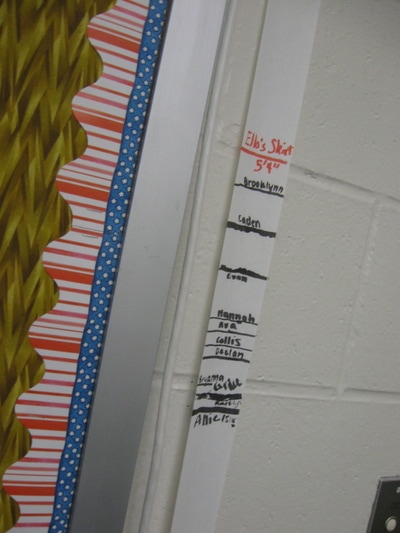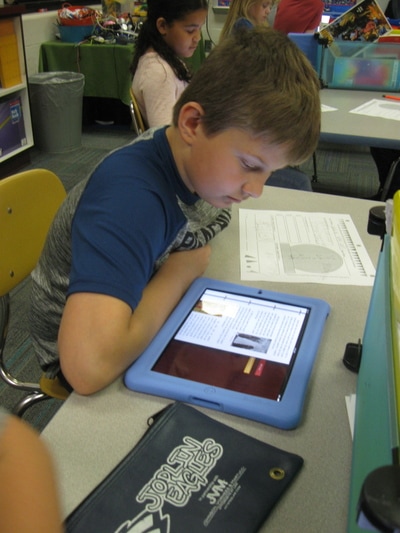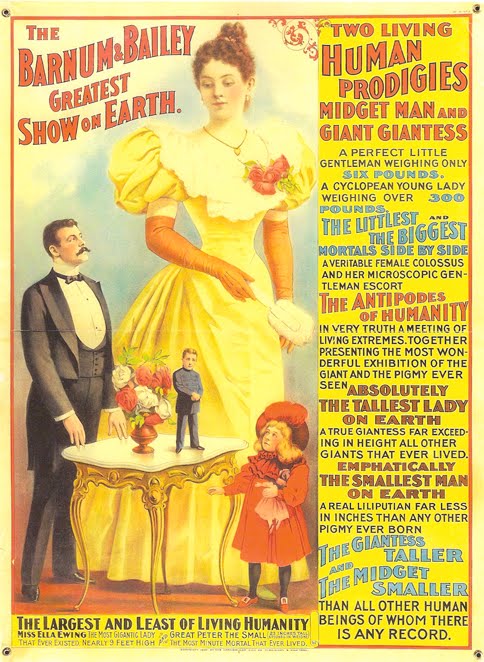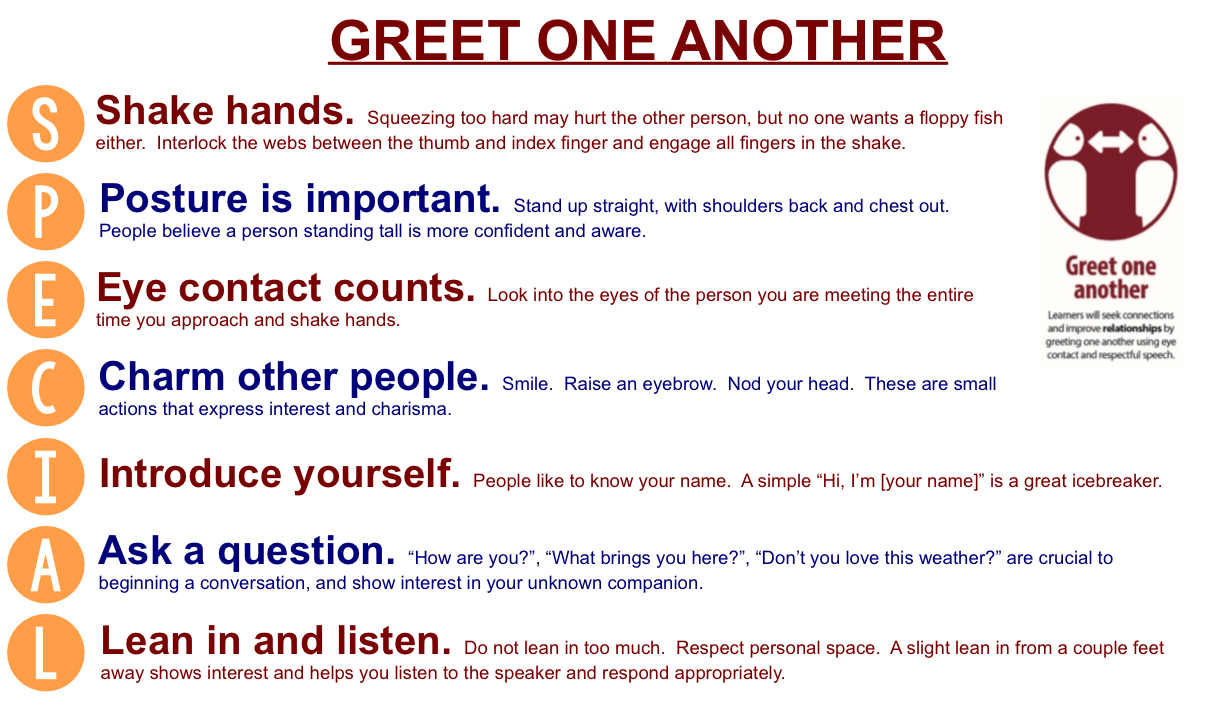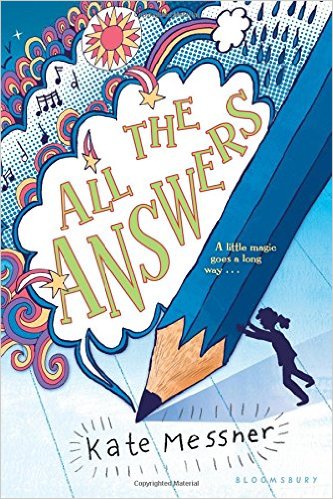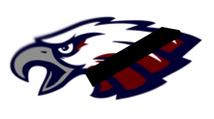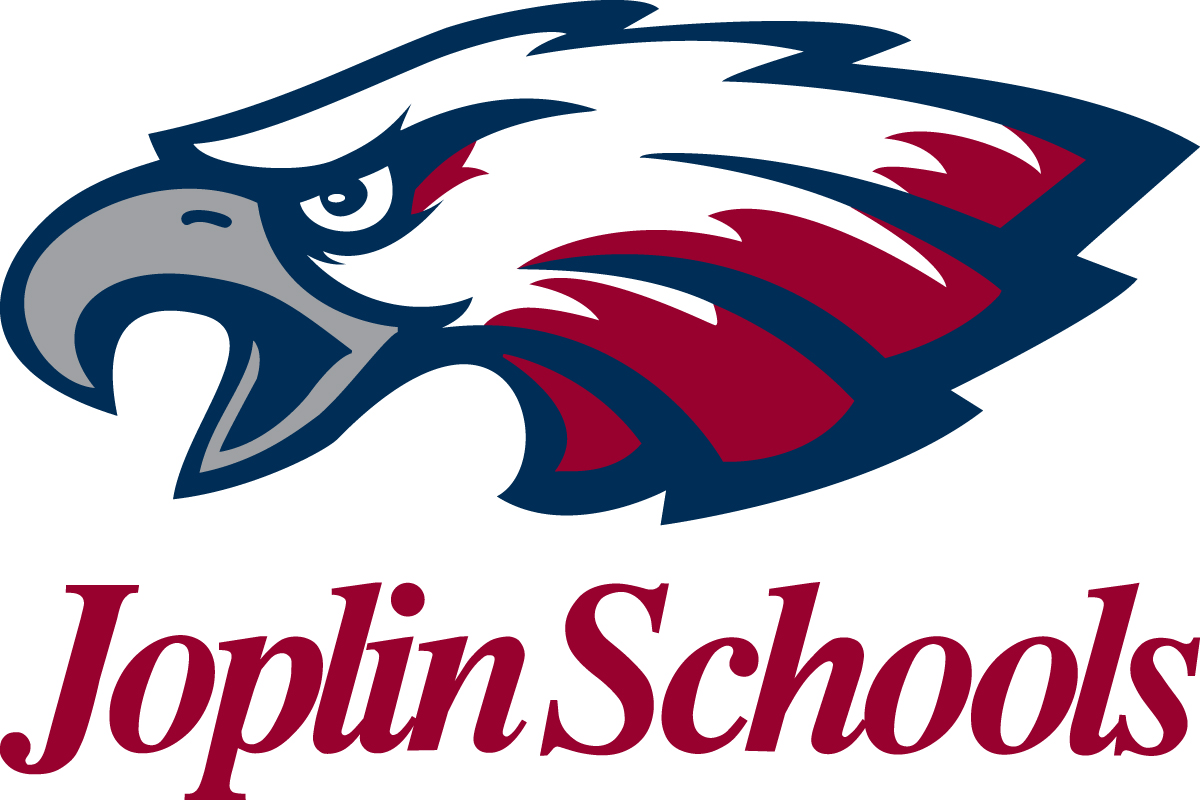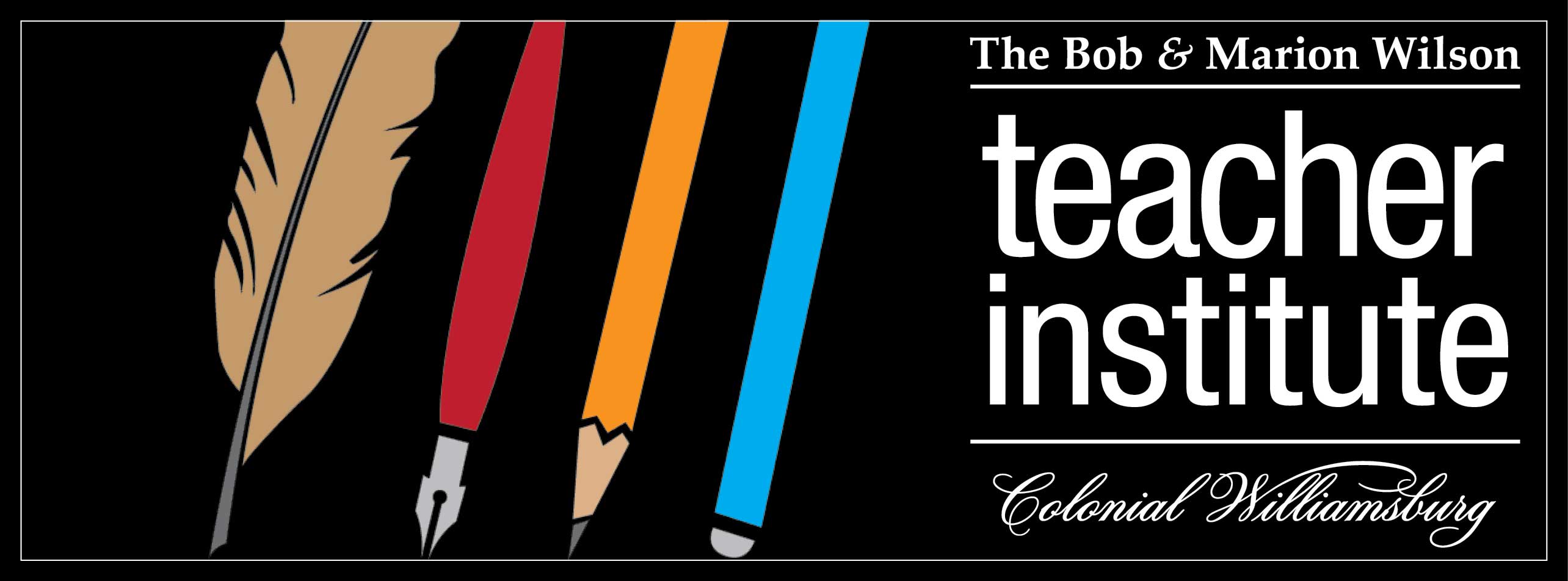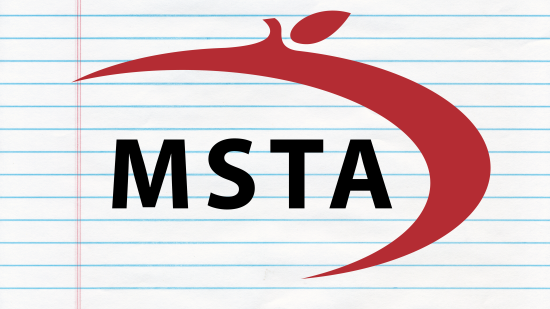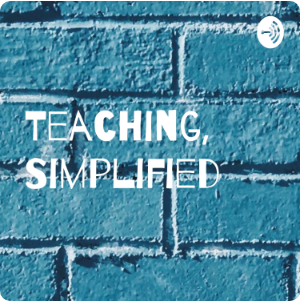|
Miss Fitzgerald is teaching most areas of the content, these days. She's really jumping in to get lots of experience in many areas - from geometry and measurement to the food web. There is no shortage of energy in her class.
0 Comments
I haven't read a Roland Smith book in a while, so when I saw this one on Missouri's Mark Twain award list, I was anxious to read it. Beneath is intriguing.
It took a little bit to get used to Smith's chapter titles, since the titles are a part of the actual text, though I am not sure why. The story itself was fast paced as the characters explored a dark underground world with some interesting and reclusive characters.
As much as the story moved quickly and the characters were captivating, however, the story is somewhat incomplete. There are many holes and untied resolutions for the reader's satisfaction. This is undoubtedly answered in the sequel book, Above, but if you're like me, you are disappointed by the incomplete nature of a book made for a sequel. I would much rather have a complete, twice-thick book than two books that tell half-tales.
While We're On the Subject
Writing on Spring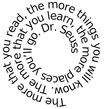 When you have your finished poem, select you favorite line or two (that makes sense on its own) and transfer it onto a blank sheet of paper in a spiral pattern. Click on the image here to see an example from Dr. Seuss. Now cut the spiral. You have literally written on a "spring". Springy ScienceTry some Slinking Science from Scientific American. Then try some more spring-y science like in the videos here (OK, the first one is just for fun.).
Read the sentence below. Do you see any problems? we was impressed by the good sportsmanship of the team from Windburg remarked the referee Do not rewrite the sentence. In fact, don't even fix the sentence. Instead, on your paper, tell the writer how to correct three things.
We introduce our newest Hoggatteer, BRENDEN.
Let's make him feel at home as he adapts to the Hoggatteer ways. Welcome to the family! Just how do we measure up with Missouri's Ella Ewing? Ella is reported to measure as tall as 8'4" when she was 22 years old. That's 100 inches! None of the Hoggatteers even matched the height of her skirt at 5'4".
While We're On the Subject
A New Side ShowElla was billed by the circus as a Giant Giantess, and she was displayed alongside a man described as Midget Man. Today, these terms are considered offensive. There are many words and phrases that fit into the category of offensive. Some are offensive because they belittle a particular race or religion. Some make fun of physical attributes. In Ella's case, they referred to her height. For others, they might have more to do with the shape of a person's body, a person's odd ability, or a disease that makes a person appear different from the accepted norm. However, shouldn't we strive to be sensitive to each other's differences - in the same way we want them to be sensitive to ours? The part of the circus in which Ella participated was called a side show. These were little money-making locations outside of the main circus tent. Some people may still remember side shows popping up outside the main attractions at a state fair or other event. Inside sat human beings, altered by nature, by self-mutilation, or some other factor, while outside stood the barker, selling passersby on the idea of paying for a peek at the "freak".
While it could be argued that these people earned money for their families by allowing themselves to be humiliated in a public display that called attention to their "defects", most frown on their exploitive treatment. With that in mind, instead of paying to ogle people because of their physical traits (like Ella Ewing), wouldn't it be interesting if people were celebrated for their achievements? What is your greatest achievement? Jot down some ideas about yourself and you major talent. Make a long list of adjectives to describe you talent and achievement (Enlarge the posters above for inspiration.) Use your notes to create a poster for the Hoggatt's Incredible Achievement Circus. You poster should fit in with the posters above.  Check out this terrific visualization tool. This link will show you an animation of every whole number from 1 to 10,000, helping you see which numbers are prime and which are composite. You can control the speed of the animation if you need to, and you can stop it when you want to look at something a little closer. The one here shows the number 45, broken down into five groups of nine. What you don't see in the image (left) is a tiny explanation in the upper lefthand corner of the screen. 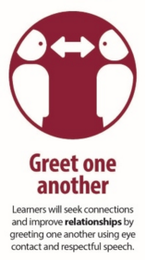 The first of the four Core Behaviors listed is that of Greet One Another. I spend time at the beginning of each year teaching and practicing all of the steps for this skill. It is clearly not something that I ever learned or was taught; because of this, I recognize its impact. Effectively shaking hands and engaging an acquaintance with small talk, with eye contact, is not a skill that is naturally inherited. When I understood the impact of an effective greeting, I hastily embedded it into my expectations, long before the district adopted the Core Behaviors, and I can attest to the positive difference it makes in my students. The greeting absolutely affects other behaviors. So...In this series about breaking down the behaviors, we begin with the easiest to teach and practice. We'll try to clarify the others in the near future. Here is how I explained things in a previous post: When I teach the art of shaking hands, I go into the details: Adam Dovico, author, teacher, and visiting professor at Wake Forest University, has effectively broken down the greeting skill and created the S.P.E.C.I.A.L. acronym (Our version of the acronym is below.). Here is our starting point for addressing this Core Behavior. We will address each of the letters in the acronym and repeatedly practice, not only at the beginning of the year, but throughout the rest of the year, as well.
Early in my career, if memory serves me correctly, I was informed that teachers hit a wall around their fifth or sixth years in the classroom. I clearly remember being proud of myself that it didn't happen to me. Then. But it did happen. Later. And then it happened again. Another wall. And again. In 27 years, there have been lots of little walls to hop over, a couple of major walls to scale, and one massive one that just needed to be knocked down. I think this book addresses more of those day-to-day fires that flame up in our faces. They are the fires that smolder in the overnight hours. Those worries that we've wronged someone and the anger and depression that comes by being wronged by someone else. This is that parent who shakes an accusing finger in your face, or the boss who holds you accountable for something someone else did, but more likely it is the pain and struggle from failing to establish a real relationship with a student. It's the frustration of students not getting a concept even after you've retaught it in multiple ways. It's the kid who has a melt down because a game was lost. Even more, this is that peer who doesn't understand you, or the peer who gossips and criticizes you behind your back. Or maybe it's that colleague who fights to pour your creative juices down the drain. It could be the teacher down the hall who makes you feel like you will never be good enough. If you are struggling with feelings of anger, inadequacy, or sadness, it might be because you are really holding on to the past. Look, you might have been seriously wronged; however, holding on to the pain and bitterness will only destroy you. The optimal idea here is to control our own behaviors and feelings. Easy to say!
It's easy to say that we need to let it go and shake it off, but it is oh so difficult to do just that. It's easy to say we should just get over it, or rise to the occasion, or be the bigger person, but it's not that easy to comply with own mantras. I can say I'm getting better, but I'll never be able to claim victory in the Recovery chapters of my life. If you think you can, you're probably lying to yourself. But we can improve. Even into our old age, we can improve. Crying into the pillow probably won't solve the issues at hand. Neither will punching a hole through the drywall. We would do well to heed that old Bible passage from the book of James: "But everyone must be quick to hear, slow to speak, slow to anger." With patience - and the understanding that it takes all kinds to make the world go 'round - maybe, just maybe, we can keep our feet firmly rooted and our heads out of the clouds of uncertainty. I attended a workshop session with author Kate Messner, a year ago. She helped attendees understand the writing process from her point of view, and she gave us hints for revising our writing. I have used Messner's ideas both with my fourth grade class and in my own writing. When I saw All the Answers on the 2018 Mark Twain Award, I was anxious to read it.
When handing out sharpened pencils before a contest, I always tell our Math League members that all the right answers are in their pencils. Of course, all the wrong answers are in there, too, but they don't need to know that. I thought that might be the idea Messner used for this book, but I was mistaken.
Oh, there are similarities, but Ms. Messner strays from the fun part of her story, getting sidetracked into issues of worry, divorce, dementia, breast cancer, and mourning . The enchanted pencil gets left behind when Ava has to face her fears of a big, bad obstacle course in the trees (which might have been a better "hook" for this story than the magic pencil). All in all, after hearing Messner talk about her love for research, it didn't seem like she put as much effort into this one. It seems like she strayed from her usual writing style. I suggest you pick up Capture the Flag instead.  As we gear up for the NAEP (Nation's Report Card) test, later this month and the MAP (Missouri Assessment Program) test, in April, we are pleased to say that we have completed the final round of NWEA (Northwest Evaluation Association) testing for this school year. I am proud to say that our class made significant progress throughout the year and looks to be poised - according to NWEA predictions - for overall success on the remaining exams. Students took three sessions of NWEA testing, earlier in the week in Mathematics, Reading, and Language Usage. These were is the same testing we administered, last year, but since last year was our first year to subscribe to NWEA, we were just establishing some baselines; in other words, we didn't know what we were doing or how the test operated. When dissecting the results, here is what I found for our class (based on spring scores for each year):
LANGUAGE USAGE Last year: 44% were predicted to achieve proficient This year: 60% are predicted to achieve proficient 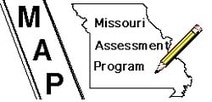 The state testing (MAP) scores for last spring were slightly different from the predictions, but reasonably close. Some students, predicted to score proficient, last year, did not perform as predicted, while others who made lower scores on the NWEA test snuck onto the proficient list. Those "sneaky" students scored as low as 198 on the NWEA. Not everyone at that level made it, but some did. For this reason, with the understanding that anyone between 198 and 204 is on "the line", I hope to positively affect those students in particular (while not neglecting others). If all of those falling between these scores (plus all the students who scored higher in the first place) make it onto the proficient list on the MAP, our statistics could look something like this:
LANGUAGE USAGE* Last year: 44% scored proficient or above 80% could score proficient or above *The MAP test combines Language and Reading into a single score. The actual contrast in years might not be as stark as this, but there is definitely a possibility. We are confident that our class will outscore the first year we gave the NWEA test - not a reflection on the students in the previous class, but more a statement about it being a baseline year with a learning curve for the students and the teacher. There is also something to be said about the technology (iPads) working more efficiently this year than last. We are definitely hopeful that next year can be even higher. Carl Schurz was a Union general in the Civil War, a secretary of the interior, and a US senator. March 2 is the anniversary of Carl Shurz's birth. Shurz is probably not a name that comes to mind for most people, but he was a significant, if unsung, figure in our history. Find out more about Shurz as you do some research about him. Record your information on the Happy Birthday, Missouri sheet provided by the teacher. Design a ParkWatch this video about the park that New York City's mayor calls home. Now design and pitch your own park ideas:
Learn Some GermanIn honor of Carl Shurz, try you hand at learning some German,
using the Duolingo app on your tablet. |
AnthemThe Hoggatteer Revolution
is an extensive, award-winning, inimitable, digital platform for Encouraging and Developing the Arts, Sciences, and honest Christianity in the beautiful, friendly LAND OF THE FREE AND THE HOME OF THE BRAVE This site is described as
"a fantastic site... chockablock full of interesting ideas, hilarious anecdotes, and useful resources." 
...to like, bookmark, pin,
tweet, and share about the site... and check in regularly for new material, posted often before DAWN'S EARLY LIGHT! History in ResidenceElementary Schools: Bring Mr. Hoggatt into your classroom for a week of engaging and rigorous history programming with your students. LEARN MORE BUILDING BETTER
|
